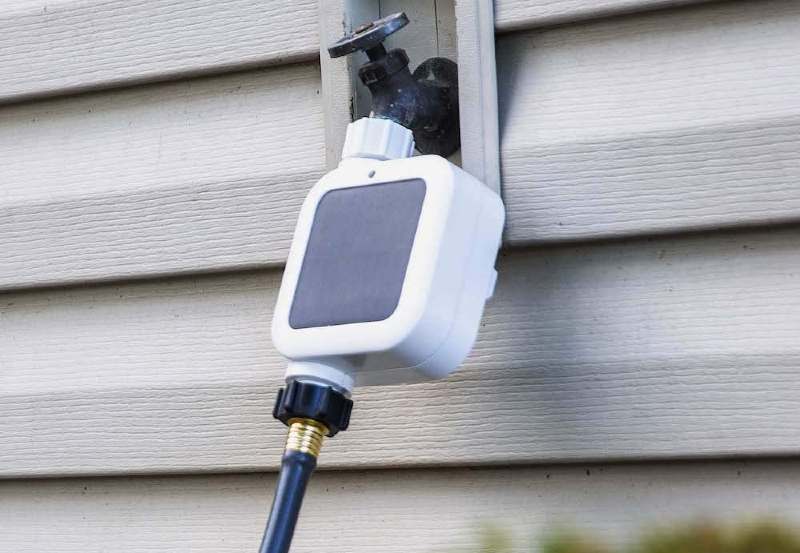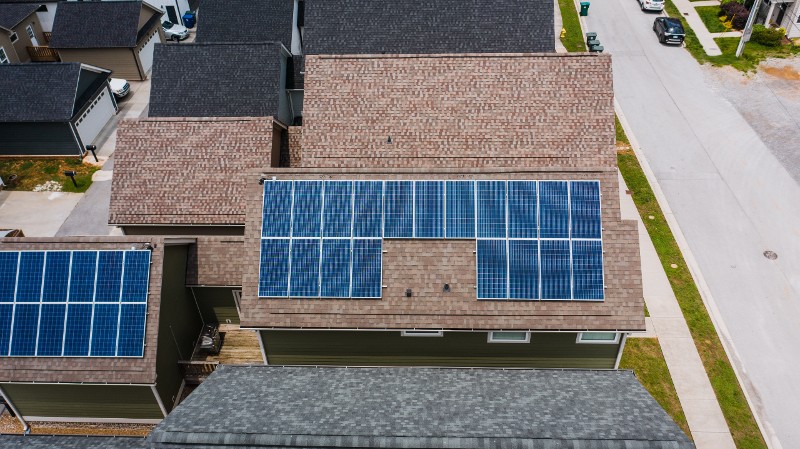When I visited the Sonoran Desert solar installation last summer, I was struck by something unexpected: a small team of workers meticulously cleaning rows of gleaming panels in the scorching heat. “We do this every two weeks,” explained Maria Sanchez, the maintenance supervisor. “Otherwise, we lose too much power.”
This eye-opening moment revealed the unglamorous reality behind our clean energy revolution. While we celebrate solar power’s environmental benefits, we rarely consider what keeps those massive installations running at peak efficiency: cleaning them.
The Hidden Efficiency Thief
Anyone who’s left their car outside during pollen season understands the basic problem. Stuff accumulates on surfaces exposed to the elements. For your car, it’s an aesthetic issue. For solar panels, it’s a financial one.
Desert solar farm installations face relentless dust that can sap energy production by a percentage point daily. Facilities near highways battle with exhaust residue. Coastal arrays contend with salt spray and bird droppings from seagulls. A solar farm in agricultural regions might be perfectly clean until harvest season kicks up clouds of dust and plant debris.
“We noticed our output dropping about 18% before implementing regular cleaning,” says James Wilson, operations director at Sunfield Energy in Arizona. “That represents millions in lost revenue annually for a utility-scale installation.”
Old-School Elbow Grease Meets Modern Innovation
The simplest approach to cleaning solar panels hasn’t changed much from how you’d wash windows – water, a gentle cleaning solution, and good old-fashioned manual labor. Teams with extended brushes and squeegees still handle many smaller installations this way.
But as solar farms have grown to span hundreds or thousands of acres, this approach becomes impractical. That’s where innovation enters the picture.
Drive past certain solar farms at dawn, and you might spot what looks like a small tank creeping along the panel rows. These autonomous cleaning robots represent the cutting edge of solar panel repair and maintenance technology. Running on tracks or directly on the panel frames, they methodically brush away dust using minimal or no water.
“Our robots can clean about 5,000 panels nightly,” explains Sarah Chen, founder of SolarBots, a leading manufacturer of these devices. “They work during off-production hours and use about 90% less water than manual cleaning.”
Some installations take a different approach with permanent spray systems that periodically rinse panels – essentially sophisticated sprinklers designed to maximize water efficiency. Others in particularly dusty regions have experimented with electrostatic systems that repel particles before they can settle.
The Water Paradox
Here’s the irony of solar farm maintenance: many large installations exist in sun-rich desert environments where water is scarce. Traditional cleaning methods can consume millions of gallons annually – a troubling contradiction for an industry built on sustainability.
When I spoke with Eduardo Vasquez, who manages a 300-megawatt facility in New Mexico, he described their dramatic shift in approach: “Five years ago, we used water trucks. Now, we’ve invested in dry-cleaning robotic technology and reduced our water usage by 85%. It was expensive upfront but aligns with our core values.”
Other facilities recycle their cleaning water or time their maintenance to coincide with natural dew formation, using nature to help loosen dust before wiping it away.
Knowing When to Clean
For solar farm operators, determining when to clean isn’t guesswork – it’s science. Modern installations feature soiling stations that measure the difference between clean reference panels and production panels, calculating exactly how much energy they’re losing to dirt.
“Our system tells us precisely when cleaning becomes economically necessary,” explains Taylor Johnson, chief technology officer at Brightfield Solar. “Sometimes after a good rain, we might skip a cycle. Other times, like during wildfire season when ash is in the air, we clean more frequently.”
This data-driven approach ensures resources aren’t wasted on unnecessary cleaning while preventing the substantial revenue loss that comes from neglect.
Beyond the Brush
The future of solar cleaning looks increasingly high-tech. Some manufacturers are developing panel coatings inspired by lotus leaves, whose microscopic texture makes water bead up and carry away dirt as it rolls off. Others are working on drone-based systems that can clean and inspect panels simultaneously, identifying damaged units that need replacement.
“The holy grail is truly self-cleaning panels,” says Dr. Amanda Patel, a materials scientist developing next-generation photovoltaics. “We’re not quite there yet, but new surface technologies are showing promising results in our lab tests.”
The Human Element
Despite technological advances, humans remain essential to solar maintenance. Machine learning algorithms can schedule cleaning, robots can perform it, and monitoring systems can measure results – but experienced technicians still make critical decisions.
Carlos Rivera has cleaned solar panels for twelve years across three states. “Every site is different,” he tells me. “Desert installations need different techniques than humid areas. Panels near a cement factory need different care than those by farmland. The robots help, but they don’t understand these subtleties.”
What struck me most during my visits to various solar facilities was how hands-on this supposedly automated energy source remains. Behind every megawatt of clean solar power is a team of people keeping those panels pristine, often in challenging conditions.
So next time you drive past a gleaming solar farm, spare a thought for the hidden work happening there – the constant battle against nature’s tendency to cover every surface with a fine layer of dust. It’s a reminder that even our cleanest energy requires a bit of getting dirty.
Join our solar microdosing newsletter and get bite-sized, easy-to-understand insights into the world of solar energy.
From how solar panels work to building your own DIY solar system, we’ve got you covered.








